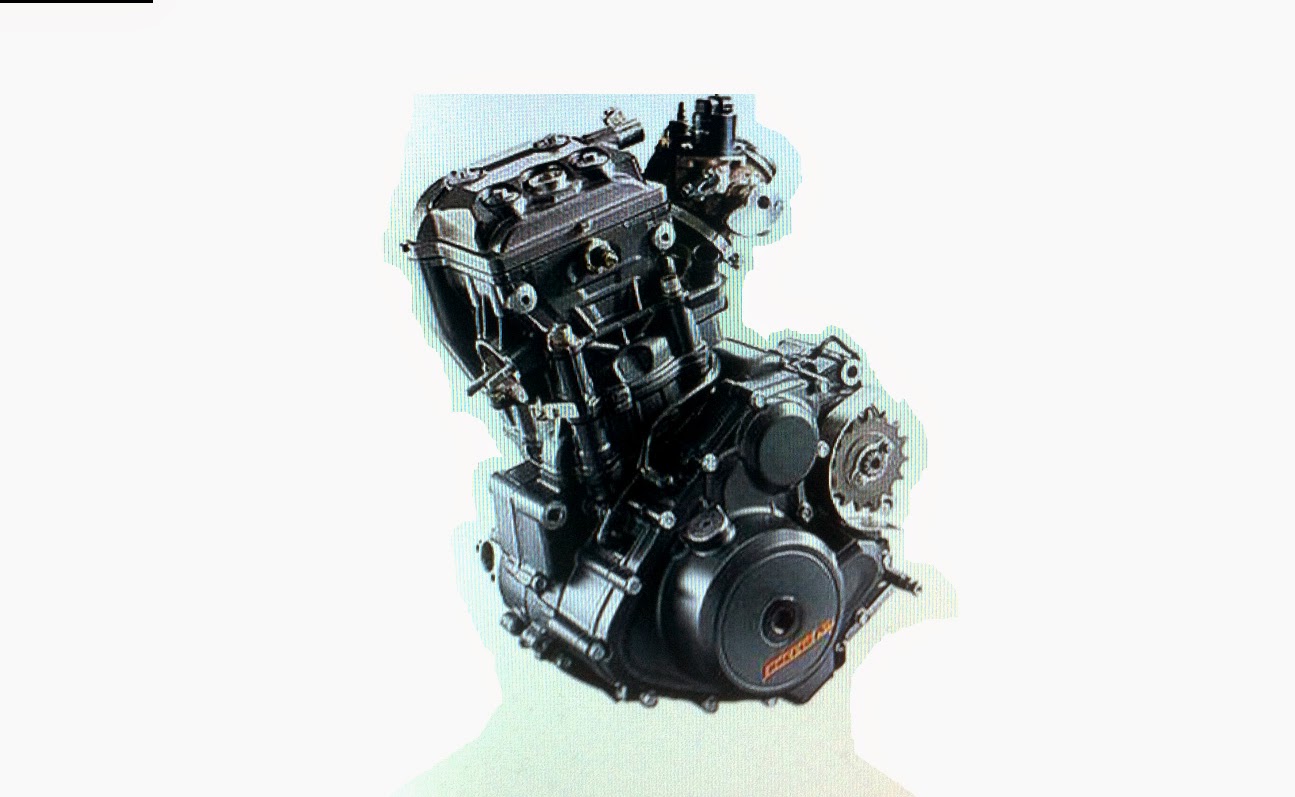I am just in the process of writing another e-book and this one is called 'The Woodworker's Cave'. It evolved from a chapter in my 1991 book 'Electric Woodwork' called 'The Electric Workshop'. This book focuses on small workshops exploring priority tools and machines, limited space and budgets.
In my research in updating to the current era but also dipping into the past I recalled those wonderful little combination woodworking machines in the early 1970's by a French company called Lurem and an American company that launched the famous Emco Star woodworking combination machine. Albeit aimed at the DIY market, these machines were at the vanguard of the power tool revolution and I wonder why there are not similar machines on the market today that offer the functions of sawing, planing, drilling and routing for the small solo workshop where space is limited.
The Emco Star combination woodworking machine - 6 functions
A fabulous lathe attachment adds to the bandsaw, circular saw, disc and linisher. Wow, what a package! Bring it back!
The Emco Star 2000
Well I tracked an old Emco star down on Ebay and bid for it and won it and consider I got it at a very reasonable price considering its huge potential in a tiny workshop such as mine! Here it is:
For me a priority tool is a bandsaw, however small. I do of course have a massive bandsaw in my main workshop but this feature on the Emco Star is worth its weight in gold (or should I say green Hammerite paint that I am going to change). The other really useful features are the circular saw, sanders and horizontal drill bed which can be used as a router. Dust extraction needs attaching of course and no end of custom/extension jigs can be added.
There modern combination machines are much bigger, slower to chasnfe mode and probably require a concrete floor whereas for small scale work the Emco Star is a winner. Why isn't it made today?!
One of the very few small machines available today seems to be the Spanish Stayer Combi 160. This is a circular saw, planer, thicknesser and milling machine all in one.
For me a priority tool is a bandsaw, however small. I do of course have a massive bandsaw in my main workshop but this feature on the Emco Star is worth its weight in gold (or should I say green Hammerite paint that I am going to change). The other really useful features are the circular saw, sanders and horizontal drill bed which can be used as a router. Dust extraction needs attaching of course and no end of custom/extension jigs can be added.
There modern combination machines are much bigger, slower to chasnfe mode and probably require a concrete floor whereas for small scale work the Emco Star is a winner. Why isn't it made today?!
One of the very few small machines available today seems to be the Spanish Stayer Combi 160. This is a circular saw, planer, thicknesser and milling machine all in one.
Stayer Combi 160
Minimax C30
Slightly larger and more suitable for the professional workshop is the Minimax C30 is a circular saw, planer and thicknesser, and spindle moulder at a tidy price of just over £4,000.
Of course the trade off with these combination woodworking machines is a huge space saving advantage against the chore of changing modes and setting up for different functions. Some of the modern machines of course have separate motors.
I must admit I wouldn't mind getting my hands on an early Emco star. It looks a lot of fun but then my workshop is already crammed full of machines that I would not have the space. A section in my new e-book will probably be on living room woodworking centred around a very efficient quiet running chippings extractor!
One of my must-do-before-I-leave-the-planet projects is to do up a small van and take guitar, dog and woodworking tools travelling - picking up work on the way. I can visualise that little Emco Star in a compact trailer. At the time (1973 to be precise) I looked down my nose at that machine and invested in the more robust looking and larger capacity Coronet Major instead. But today
My new e-book will be viewable online, downloadable, printable and including videos.
















